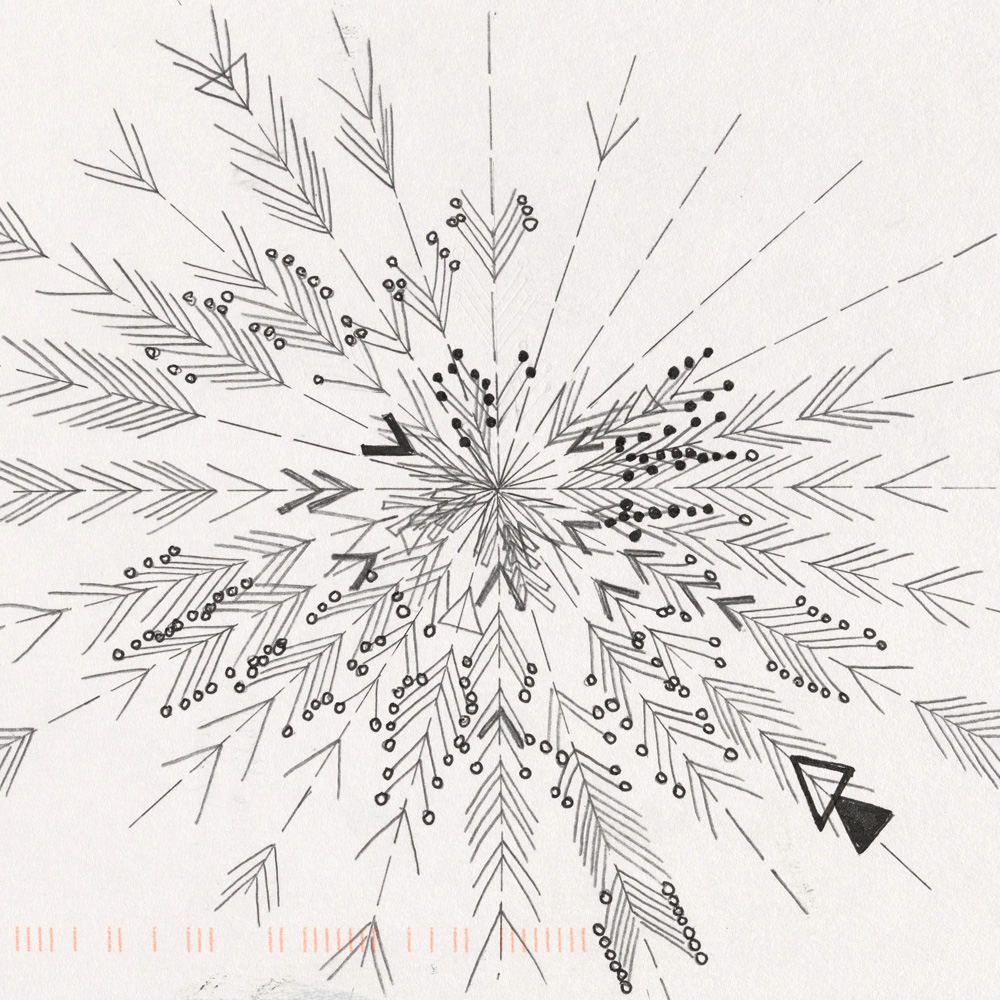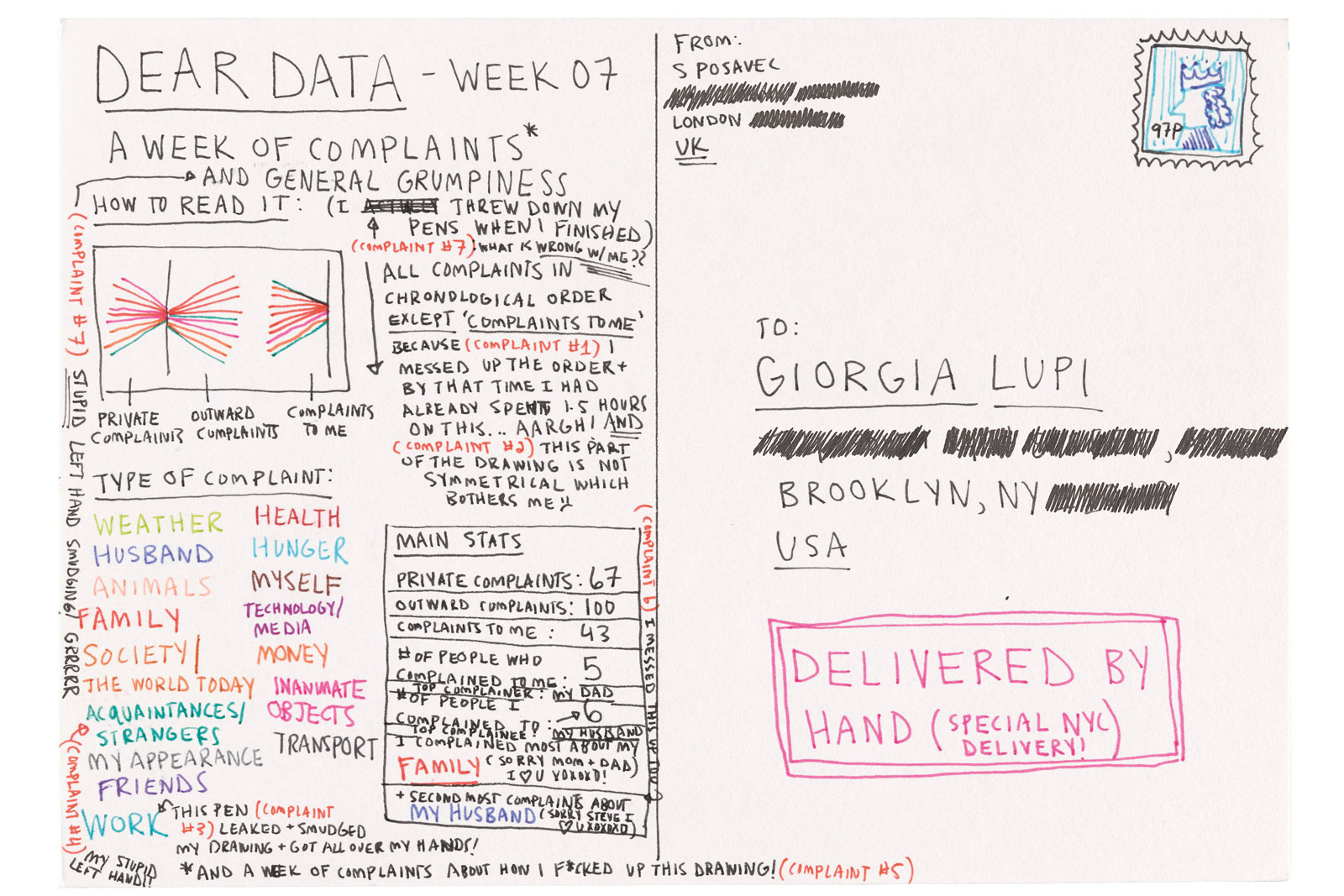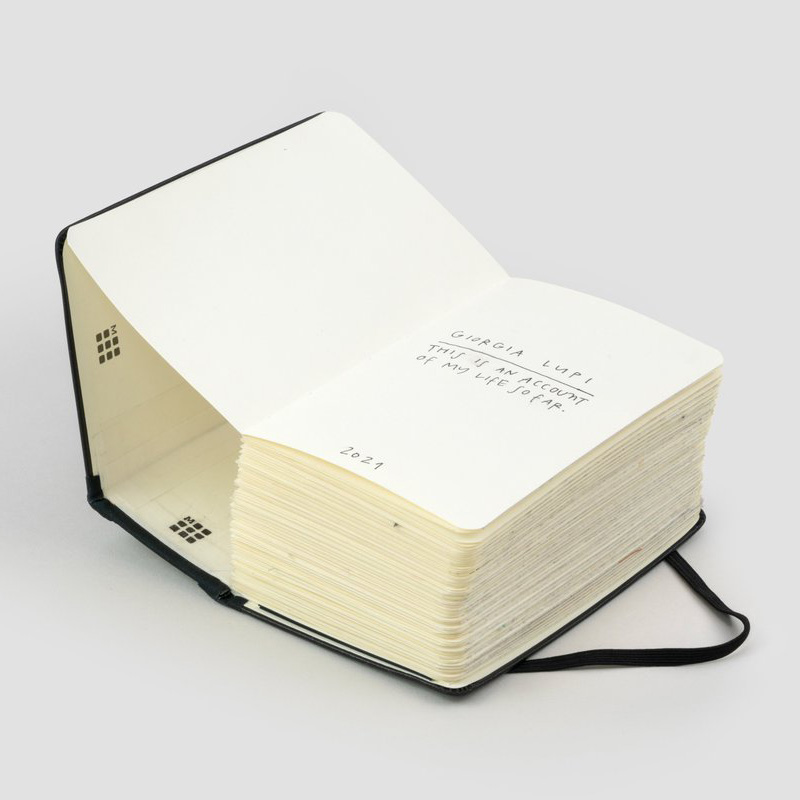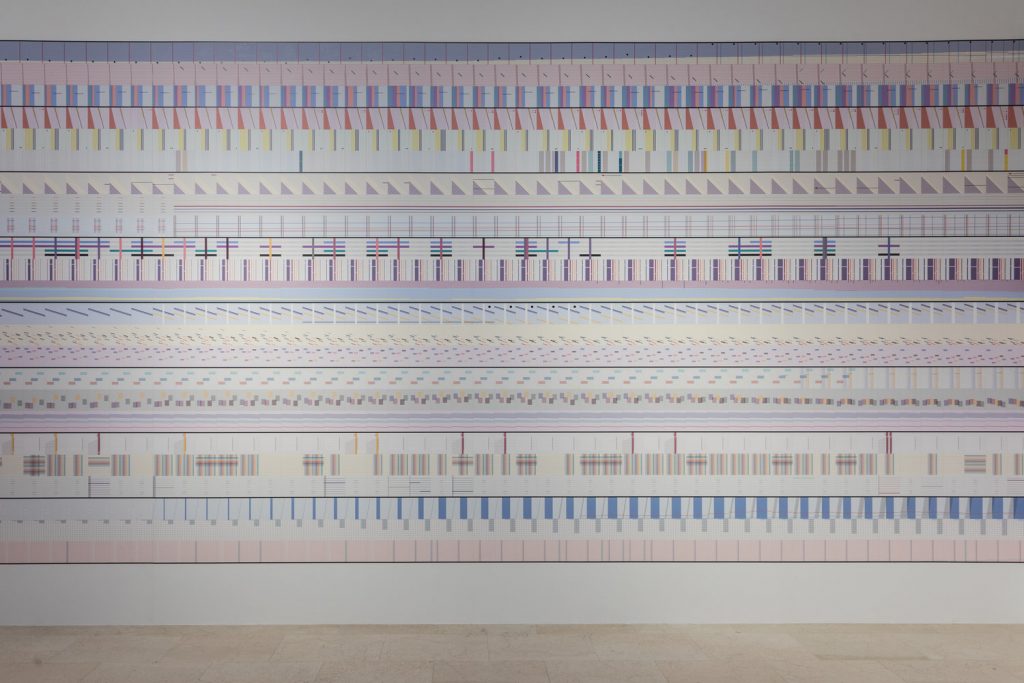Dear Data Postcard Project
A hand-drawn personal data visualization correspondence exchange between artists Giorgia Lupi and Stefanie Posavec


“Dear Data,” an “analog data drawing project” founded and conducted by Giorgia Lupi and Stefanie Posavec, is essentially a personal data visualization correspondence exchange between the aforementioned artists, illustrated by hand on postcards. Lupi in Brooklyn and Posavec in London sent each other a postcard each week for a year. The 104 postcards are now a book in two editions—one for the US and one for the EU. Further, the entire set of postcards was recently acquired by NYC’s MoMA for its permanent collection.

It all started in 2013 with an encounter at the Eyeo Festival in Minneapolis. Lupi says, “I was familiar with Stefanie’s work very well before meeting her in person. It has always fascinated me how elegant, detailed, sublime and poetic her visualizations are. Her crafted and laborious way of working with data touches profound chords, I admired her process and body of work long before encountering her in real life.” Posavec explains, “We ended up talking to each other because we realized that we had a lot in common, but mainly because we both approached data visualization from a very handmade place. We didn’t code like many of our fellow data visualization colleagues but instead would use sketching and drawing as a way of coming up with new visual languages for representing data, and, for us, we saw this handmade process as vital to our creative/design process.” Of course the similarities weren’t simply professional, they hit it off personally too—both are only children and expats—and over a beer, they decided to collaborate.

“Ten days after we split and came back to our cities, I got an email from Stefanie, and everything started,” Lupi tells us. “From there on and for the following two months a copious number of emails flooded, where we over time refined the concept of our collaboration: daily or weekly datasets to work on, daily or weekly data-drawings, parallel types of data, finding a human and personal twist on the data. Ultimately we decided to work with our personal data, gathering information about ourselves to share with the other person, in an attempt to use data and drawings—the material we both work with—to get to know each other, over the course of the year.” The project—sending postcards to each other weekly—grew quite organically. Lupi says the idea of being ‘data pen pals’ “seemed incredibly compelling, and we decided to take in the risk that some of our postcards might get lost or damaged during their travel.”

While they were essentially gathering data, they also had to track it. “Initially, we had the crazy idea that we would collect our data manually; hand-writing all of our logs and details on a little Moleskine,” Lupi says. “But after the first week we agreed that it was just insane: to make our data collection sustainable over time and as less intrusive possible to our lives, we could use digital apps to jot down our data. Stefanie and I collected our data in different ways. I have been using different types of apps such as Evernote or the Reporter app, which is a very powerful tool for data recording if you know what types of ‘questions’ to set up. We also needed to get creative and find ways to quickly note things down on pieces of paper or even drawing a little reminder on our hands in all of these situations where it would be impolite to pull out our phones.”

It’s unsurprising that a project combining technology, design and personal stories would evolve into a book, but Lupi says it’s more than that. “The book obviously started with the project and it is based on our stories in form of data postcards for the year, but our collection of postcards is actually the starting point for an evolving conversation and another kind of back and forth between the two of us around our approach to data: around the importance of working with personal data with awareness and attention and expanding and elaborating on how we can use data as a material to connect with ourselves at a deeper level and to address even the trickiest matters in our minds.”

Since “Dear Data” was executed by Lupi and Posavec alone, collecting data in their own ways to create something together yet autonomous, the book evolved into something quite different. “The book was designed through lots of compromise and discussion as designers—which also helped us learn more about each other,” Lupi says. “It was also a great benefit in the end—as a designer, it can be very easy to think your way is always the right way, so through this continual discourse and debate we have been able to extend ourselves and see different solutions than what we might have normally taken.”

Their project is now part of the permanent collection at NYC’s MoMA. Lupi says, “Paola Antonelli (MoMA’s design curator) has been collecting data visualization for MoMA for a while now: Martin Wattenberg, Fernanda Viegas, Ben Fry, and Nicholas Felton are just a few prominent data visualization names who have also been acquired… We are so honored to have our work in the same collection as so many design and art masters, and we believe it also reinforces the value in experimenting and working on the edges of different disciplines (design / art / data visualization) in order to move all these disciplines forward.” Posavec explains the process took some time, as the team at MoMA decided whether or not to acquire the piece, “Stefanie and I spent months keeping all our fingers crossed, hoping the MoMA acquisition committee would agree with Paola that our work was worth being acquired. Needless to say, we couldn’t be happier and prouder and a multitude of other adjectives that our project has found the most incredibly permanent home.”
Images courtesy of Cassell & Co












